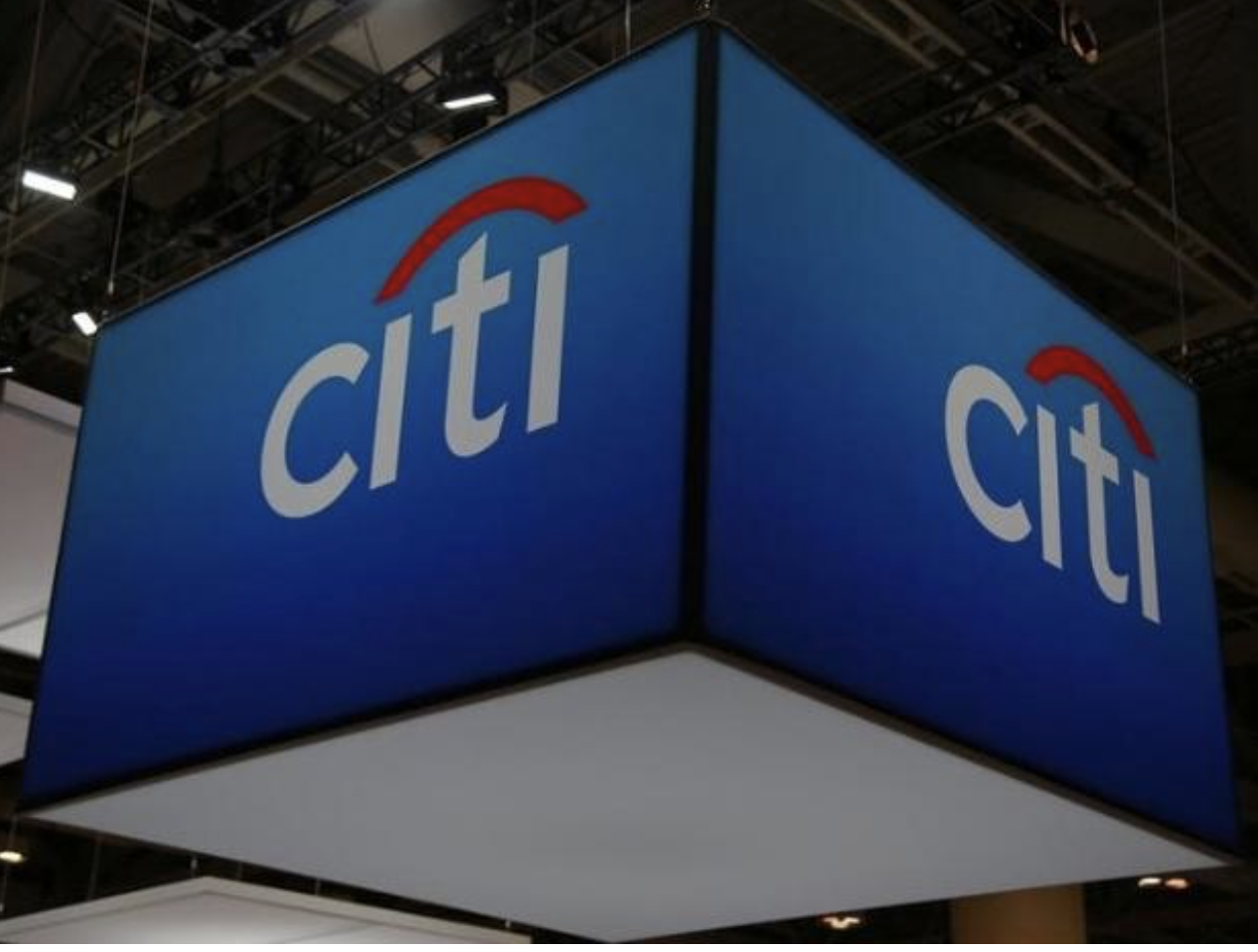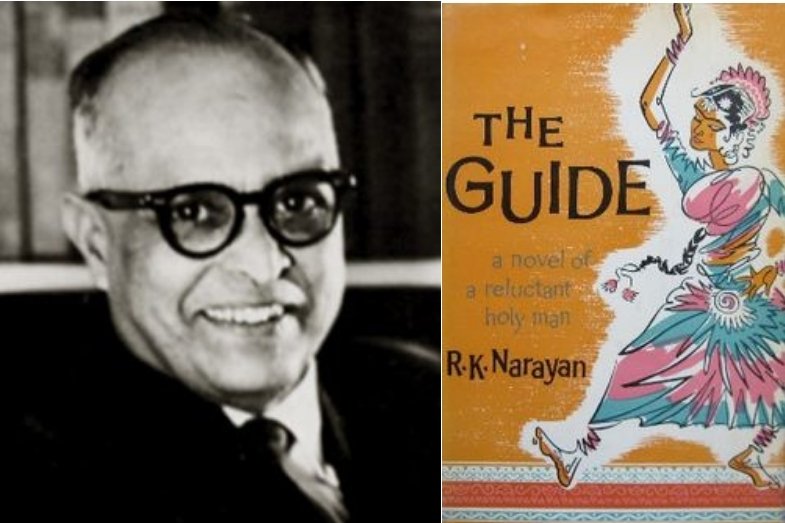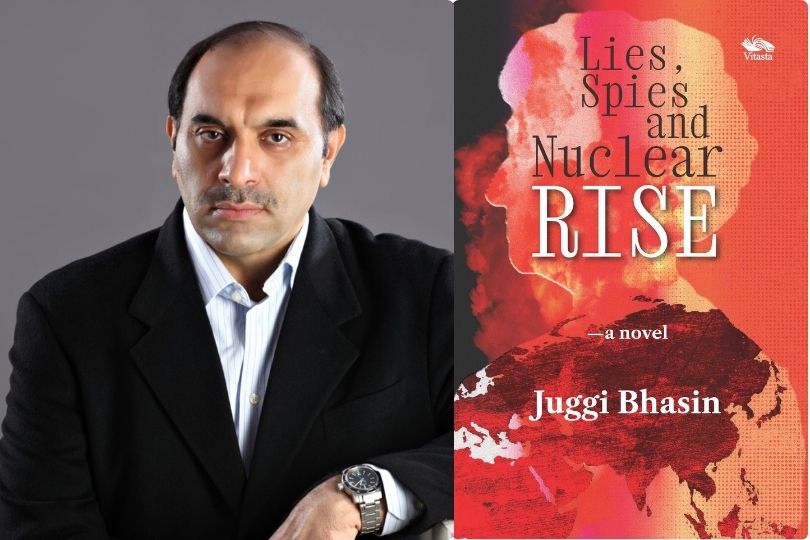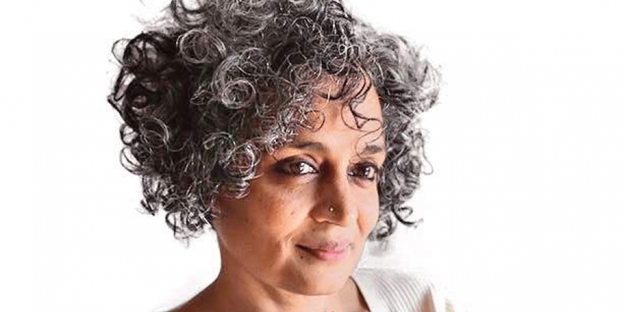Citigroup announces retail business exit from India, 12 other countries
Citigroup announces retail business exit from India, 12 other countrieson Apr 16, 2021

 We believe our capital and resources are better deployed against higher returning opportunities in wealth management and our institutional businesses in Asia, said Jane Fraser, Citi CEO
“While the other 13 markets have excellent businesses, we don’t have the scale we need to compete,” Fraser said. “We believe our capital, investment dollars, and other resources are better deployed against higher returning opportunities in wealth management and our institutional businesses in Asia,” she said. The bank will now “double down on wealth”.
Citigroup reported a profit of $7.94 billion, or $3.62 a share, exceeding analysts’ estimate of $2.60 a share, according to Bloomberg.
Fraser’s admission that the bank lacked the scale for competing in markets such as India is something that analysts have flagged before. In India, competition has heated up with several large private and a few public sector banks continuously innovating on the retail turf with newer products for customer acquisition.
We believe our capital and resources are better deployed against higher returning opportunities in wealth management and our institutional businesses in Asia, said Jane Fraser, Citi CEO
“While the other 13 markets have excellent businesses, we don’t have the scale we need to compete,” Fraser said. “We believe our capital, investment dollars, and other resources are better deployed against higher returning opportunities in wealth management and our institutional businesses in Asia,” she said. The bank will now “double down on wealth”.
Citigroup reported a profit of $7.94 billion, or $3.62 a share, exceeding analysts’ estimate of $2.60 a share, according to Bloomberg.
Fraser’s admission that the bank lacked the scale for competing in markets such as India is something that analysts have flagged before. In India, competition has heated up with several large private and a few public sector banks continuously innovating on the retail turf with newer products for customer acquisition.
 Citi’s retail exit is also in sync with other foreign banks that have closed down businesses here. Over the past few years, StanChart has sold its asset management company and closed down its institutional cash equities, equity research, and equity capital markets; JPMorgan has surrendered its NBFC licence; BNP Paribas has shut down its wealth management business; Deutsche Bank has sold its credit card business to IndusInd Bank; and HSBC has closed down its private banking business and some of its branches.
UK’s Barclays Bank and South African FirstRand Bank have buried their retail dream on Indian soil. On the other hand, the Indian subsidiary of DBS of Singapore acquired Lakshmi Vilas Bank.
Citibank in India was also slowly increasing its weight towards wealth management business, while lowering its dependence on the retail business.
Retail banking contributed 30.6 per cent to revenue at the end of March 2020, against 37.38 per cent in 2012-13 and nearly 39.19 per cent in 2009-10.
Ten years ago, India had been among the first 15 markets for the US bank; by the last decade, it rose in ranking among the top four markets, largely on the strength of corporate banking.
In 2012, with a 21 per cent market share, Citibank was the No. 2 credit card issuer in India, while expenditure per card was double the industry average; it also had a 30 per cent share in e-commerce spend. By 2020, its market share slipped to around 6 per cent and the position to sixth even though average card spend remained 1.4 times higher than the industry mean.
In August 2020, Citibank in India served 2.9 million retail customers with 1.2 million bank accounts and 2.2 million credit card accounts. The 119-year-old bank has 35 branches and employs over 20,000 people. The bulk of the employees are part of Citicorp Services India, an outsourcing centre that caters to different geographies of the US bank.
In March 2020, Citi had Rs 2.19 trillion assets on its balance sheet and made a net profit of Rs 4,918 crore. Its gross bad loans were 1.43 per cent of the loan book and, after provisioning, net bad loans were 0.56 per cent.
Its closest peer, Hongkong and Shanghai Banking Corporation (HSBC) India, posted a net profit of Rs 2,778 crore on an asset book of Rs 2.11 trillion. The bank’s bad loans were lower than those of Citi.
Source: https://www.business-standard.com/
Citi’s retail exit is also in sync with other foreign banks that have closed down businesses here. Over the past few years, StanChart has sold its asset management company and closed down its institutional cash equities, equity research, and equity capital markets; JPMorgan has surrendered its NBFC licence; BNP Paribas has shut down its wealth management business; Deutsche Bank has sold its credit card business to IndusInd Bank; and HSBC has closed down its private banking business and some of its branches.
UK’s Barclays Bank and South African FirstRand Bank have buried their retail dream on Indian soil. On the other hand, the Indian subsidiary of DBS of Singapore acquired Lakshmi Vilas Bank.
Citibank in India was also slowly increasing its weight towards wealth management business, while lowering its dependence on the retail business.
Retail banking contributed 30.6 per cent to revenue at the end of March 2020, against 37.38 per cent in 2012-13 and nearly 39.19 per cent in 2009-10.
Ten years ago, India had been among the first 15 markets for the US bank; by the last decade, it rose in ranking among the top four markets, largely on the strength of corporate banking.
In 2012, with a 21 per cent market share, Citibank was the No. 2 credit card issuer in India, while expenditure per card was double the industry average; it also had a 30 per cent share in e-commerce spend. By 2020, its market share slipped to around 6 per cent and the position to sixth even though average card spend remained 1.4 times higher than the industry mean.
In August 2020, Citibank in India served 2.9 million retail customers with 1.2 million bank accounts and 2.2 million credit card accounts. The 119-year-old bank has 35 branches and employs over 20,000 people. The bulk of the employees are part of Citicorp Services India, an outsourcing centre that caters to different geographies of the US bank.
In March 2020, Citi had Rs 2.19 trillion assets on its balance sheet and made a net profit of Rs 4,918 crore. Its gross bad loans were 1.43 per cent of the loan book and, after provisioning, net bad loans were 0.56 per cent.
Its closest peer, Hongkong and Shanghai Banking Corporation (HSBC) India, posted a net profit of Rs 2,778 crore on an asset book of Rs 2.11 trillion. The bank’s bad loans were lower than those of Citi.
Source: https://www.business-standard.com/
banking sector india
banks
Frontlist
indian banks
Loans
private banks
private sector banks
psu banks



.jpg)






.jpg)


.jpg)
.jpg)
.jpg)

.jpg)

.jpg)










Sorry! No comment found for this post.